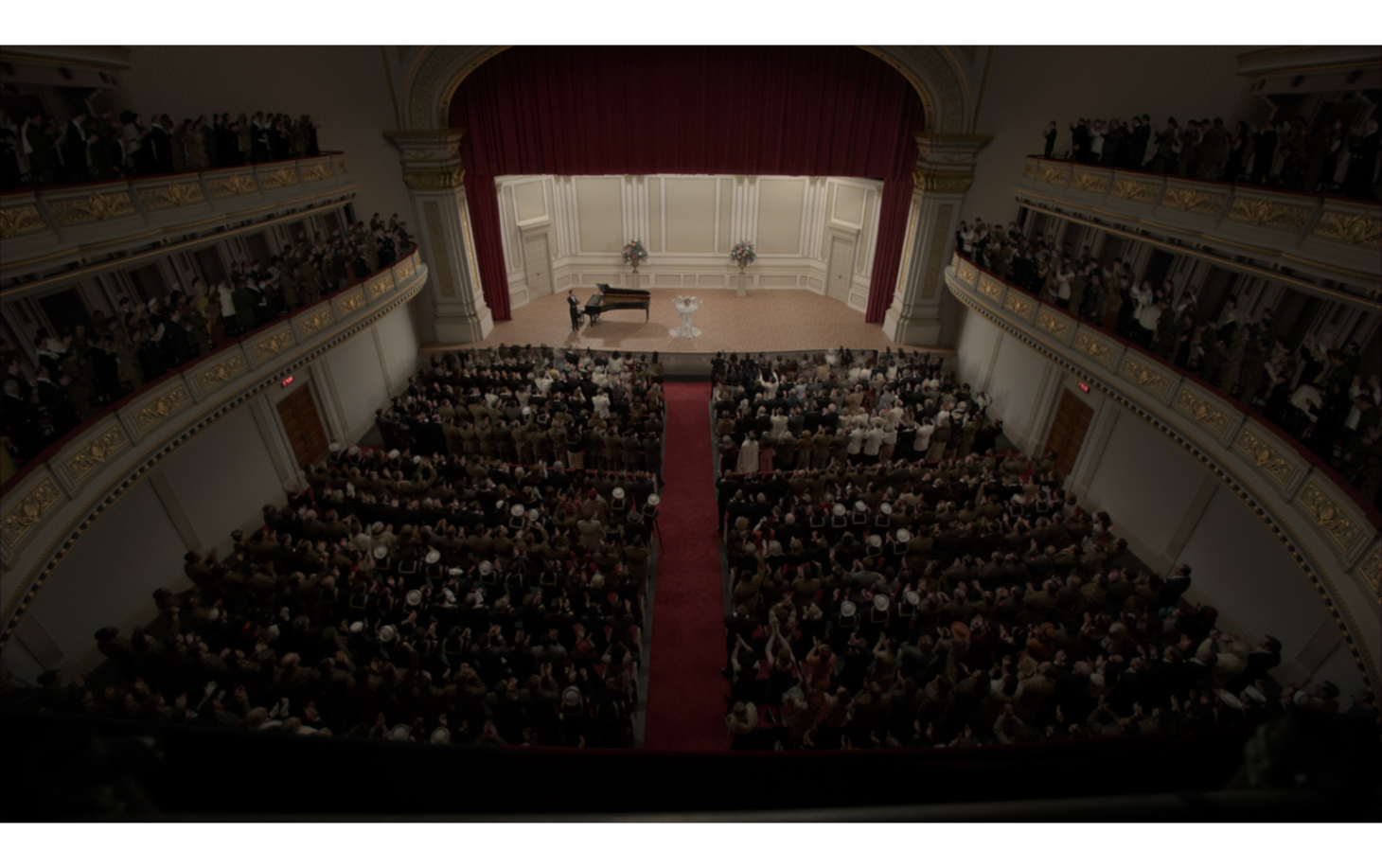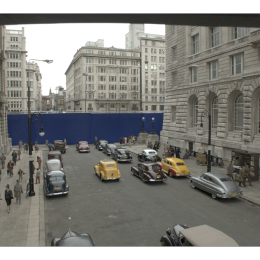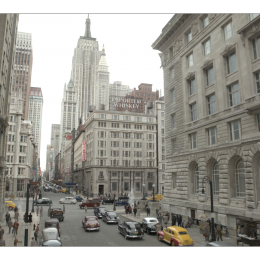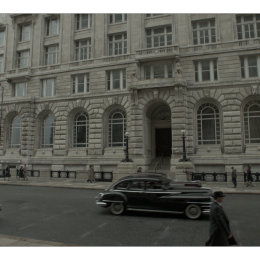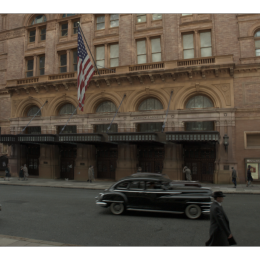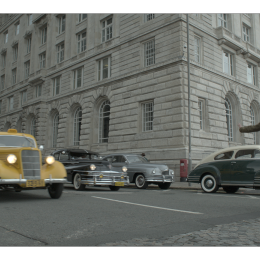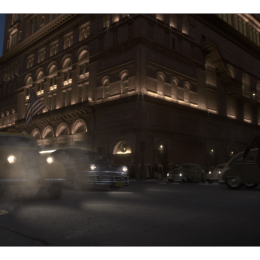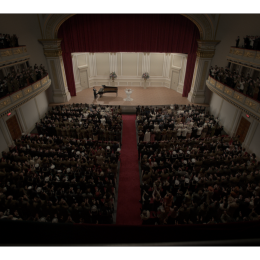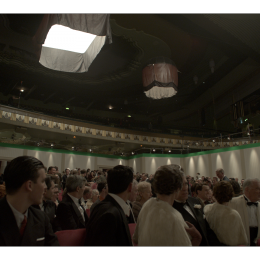Union Hits the Right Note with Florence Foster Jenkins
Union VFX created all the visual effects for Florence Foster Jenkins, the third project that Stephen Frears has collaborated on with Union - the others being Lance Armstrong biopic The Program (2015) and Oscar-nominated Philomena (2013).
The experienced team completed 175 shots for the Pathé/BBC Films comedy drama, which stars Meryl Streep and Hugh Grant in the true story of the New York socialite who relentlessly pursued her dream of becoming an opera singer despite having a voice of mesmerising awfulness. Although set in 1940’s New York, the film was shot in various UK locations, including Glasgow, Liverpool, London and Twickenham Studios.
As sole VFX vendor, Union was involved throughout the year-long production process, from initial script to the delivery of the graded finished film. With New York almost as big a star in the production as Streep and Grant, Union’s key challenge was to craft an authentic 1940’s version of the Big Apple from modern British locations. Alongside replicating the interior of the iconic Carnegie Hall, Union’s input also included exterior shots of some of New York best-known districts — Midtown Manhattan, Brooklyn, Downtown — as they would have appeared 75 years ago. This entailed a range of “invisible effects”, such as architectural extensions, and dressing the sets with period CGI cars, crowds and street props. The atmosphere was intensified by the addition of classic New York features: steam rising from the streets, American flags blowing in the wind, and CGI-generated water towers and fire escapes.
Adam Gascoyne co-founder of Union and lead visual-effects supervisor on Florence Foster Jenkins, said: Just as Florence convinced herself she could sing like an angel, so our challenge was to convince modern audiences that they really are in New York in the early 1940s, immersed in authentic sights and sounds of the period. Bringing an historical era to life is always a real test of a VFX house’s skill — it takes a lot to get it right but very little to get it wrong. But although it was hard and incredibly detailed work, it was a privilege to be part of a project of this calibre and to work once again with the inimitable Stephen Frears.
The brownstones of Glasgow provided a believable setting for Brooklyn to which street extensions were added using an extensive library of images captured during a visit to New York. Likewise, Liverpool doubled for Midtown and the back streets of London’s Brixton stood in for the foreground to the tenement buildings of the Lower East Side, while TriBeCa gave the VFX team the look they needed to create set extensions.
The centrepiece scenes in Carnegie Hall, one of the most prestigious venues in the world for both classical and popular music, presented a different set of challenges. The hall is rarely empty and certainly not an option for principle photography, so creative thinking by Union was required.
While some of the Union team did travel to New York to get reference stills, the hall was recreated in visual effects based on plate photography in the Hammersmith Apollo in London. While a great theatre, the Apollo was designed by Robert Cromie in the Art Deco style of the 1930s and is not a good double for the famous Carnegie Hall.
While the stage and the front seating is from the Hammersmith Apollo plate photography, everything else inside, including the crowd and set extensions, is added digitally. Carnegie Hall has 3,671 seats, divided among its three auditoriums and Union created a CGI model, which was then textured with around 1,000 stills taken during a visit to the venue itself.
This allowed the team to light the hall to match the live-action photography captured at London’s Hammersmith Apollo. The model was then populated with concert-goers shot on a blue-screen stage at Elstree Studio in which a100-strong crowd was shot in every conceivable configuration and from every possible angle.
Meticulously planned camera set-ups were required to ensure that 100 supporting artists could be multiplied using 3D animation and modelling software into a crowd large enough to fill the iconic hall. By sticking to pre-defined angles, the team could deliver very high production value within a tight budget.
The team at Union really shared our creative vision on the project and together we believably transformed 2015 Liverpool into 1940s New York.
Alan MacDonald, Production Designer, Florence Foster Jenkins.
